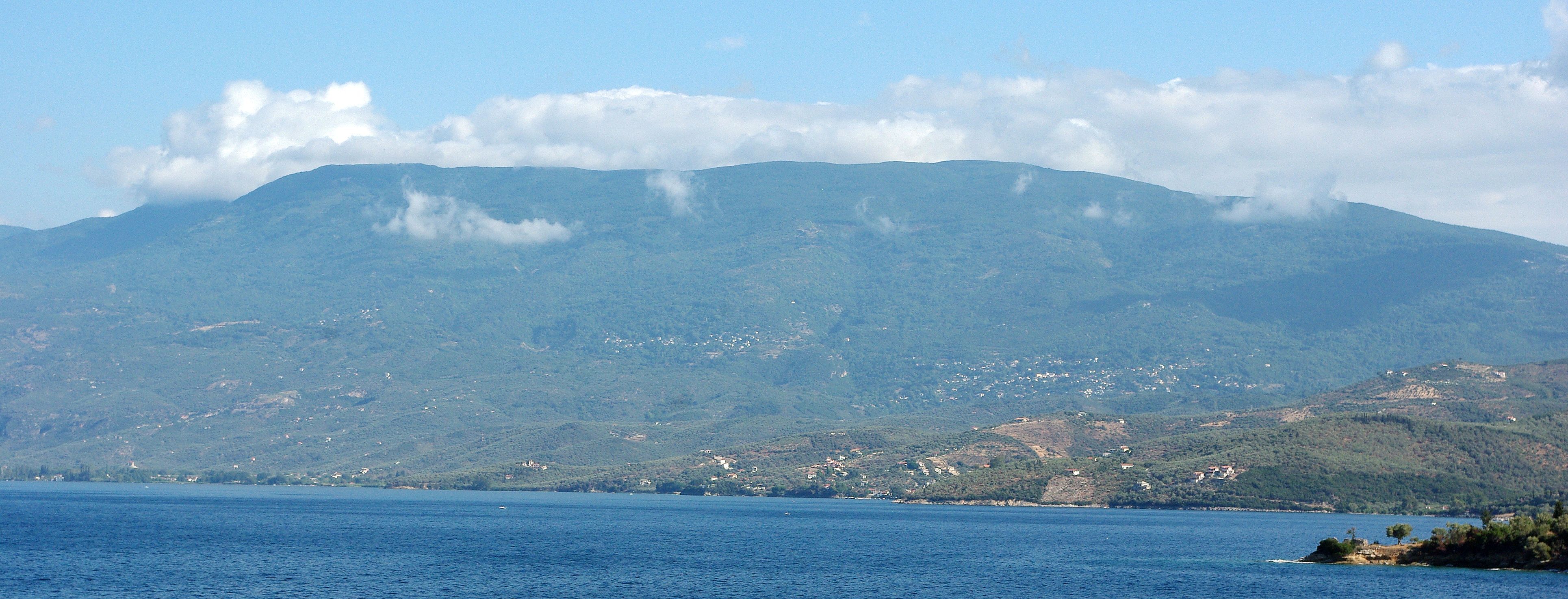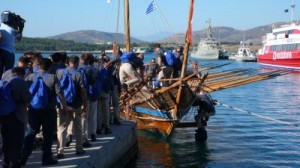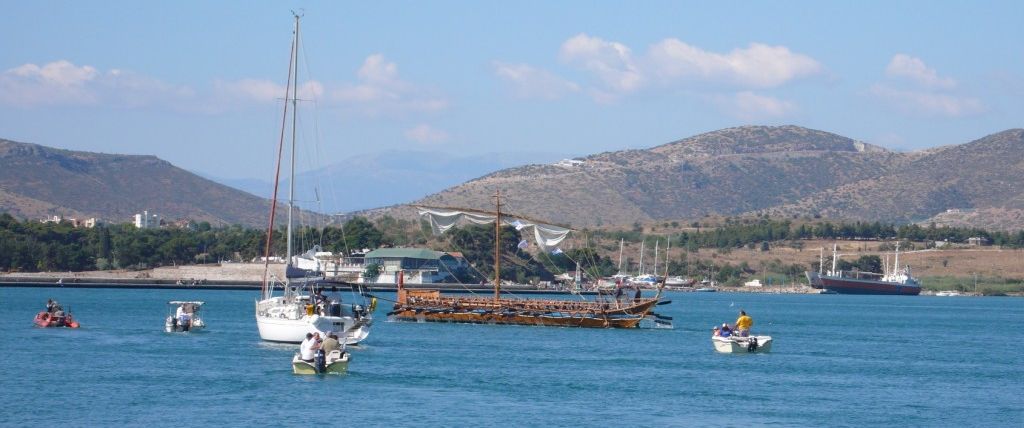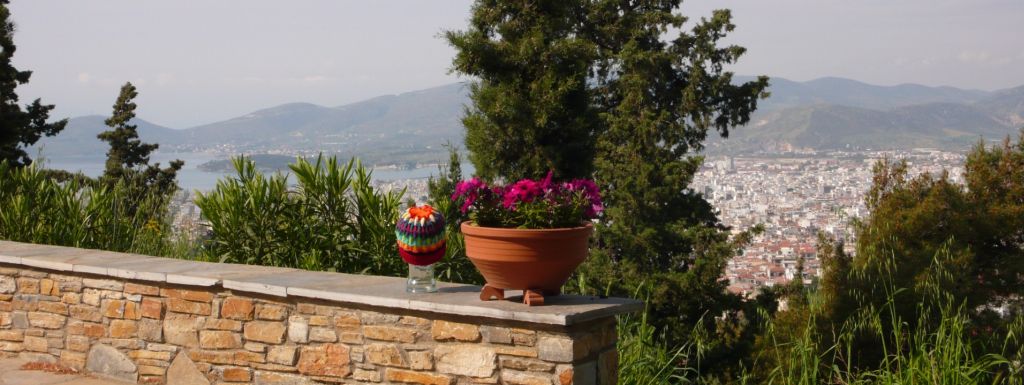Yesterday we drove to Larissa and took the old highway for a portion of the trip. Now there’s a new highway linking Athens and Thessaloniki, part of the E75.
The old road is more interesting – we passed here through some of the fertile farmlands of the Thessalian plain – but the new road is faster and more convenient, and a great deal more expensive what with all the tolls that are springing up more swiftly, it seems, than the poppies.
Alexander the Great must surely have seen mile upon mile upon mile of these bold blooms when he marched his men through Thessaly, astride his horse, Bucephalus, bred on Thessaly’s great plains.
It thrills me to drive along a route that Alexander himself was familiar with, though he’d not recognize it now. But then again, he surely would, for the mountains still rise as they did between Macedonia and Thessaly.
And Olympus, its snow-capped peak often draped in a cape of cloud, would have been given particular attention by him, for Alexander revered Zeus and the rest of the Olympian gods. They must have followed his progress far below their legendary home, as they lay about sipping the wine Dionysus took such great care of.
Enough of the history lessons! Feast your eyes on the poppies whose ancestors flourished unseen for aeons before Man ever came to Thessaly.
(Moi, we missed you!)

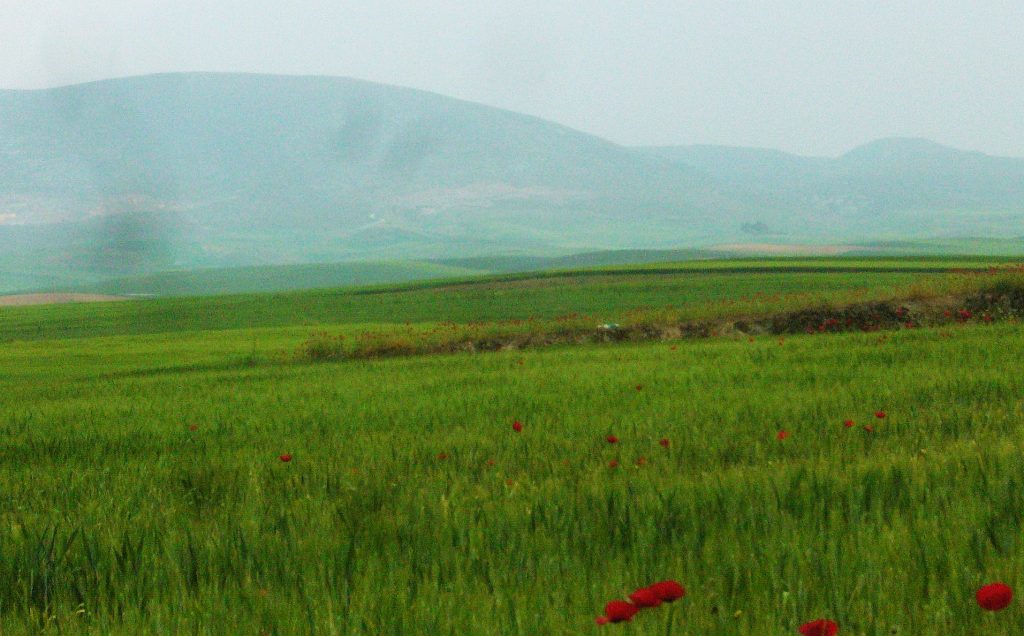
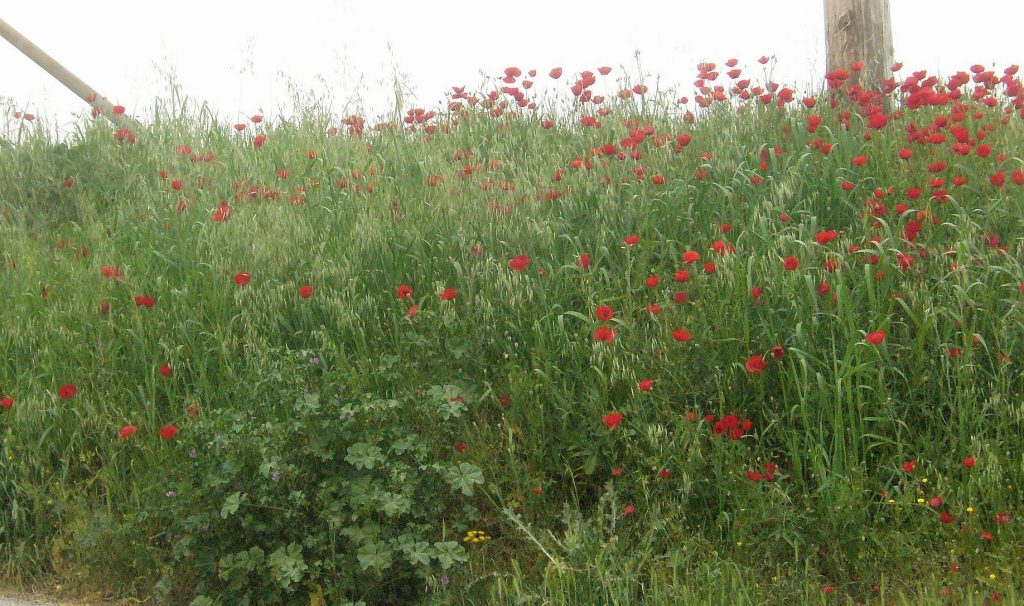

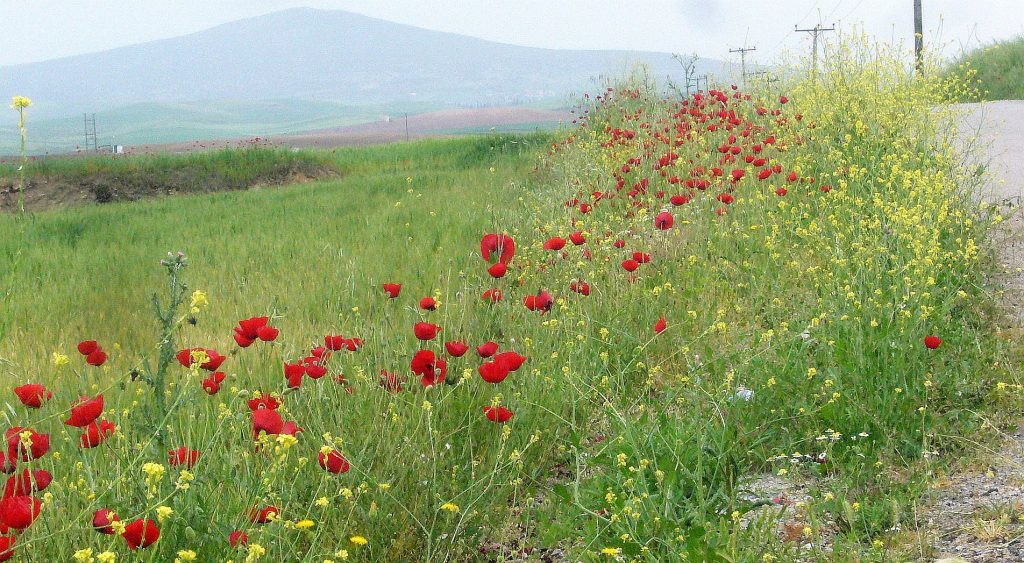
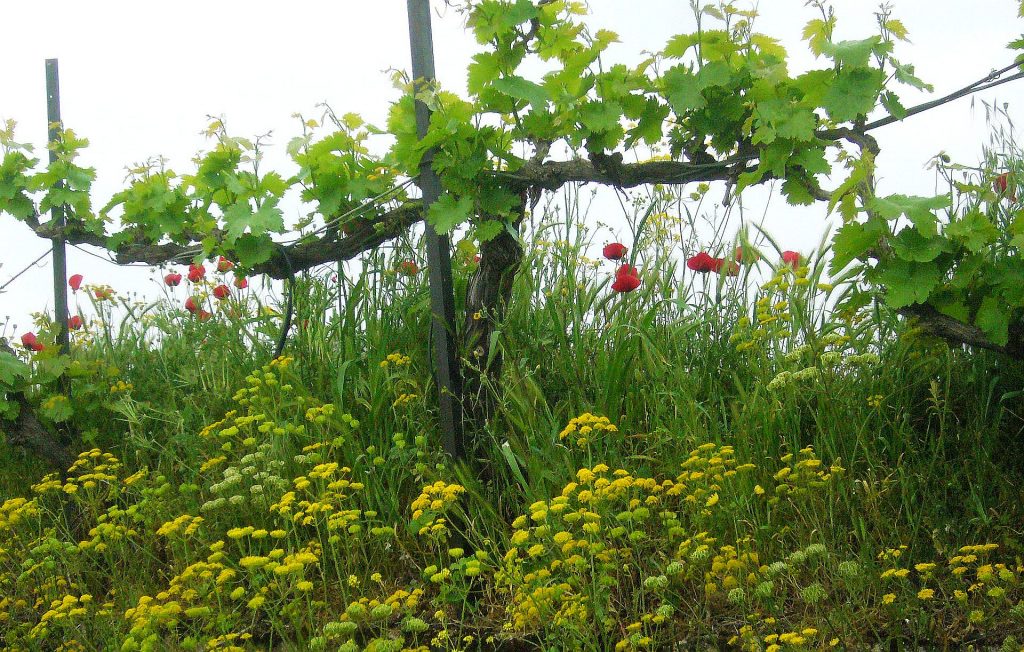

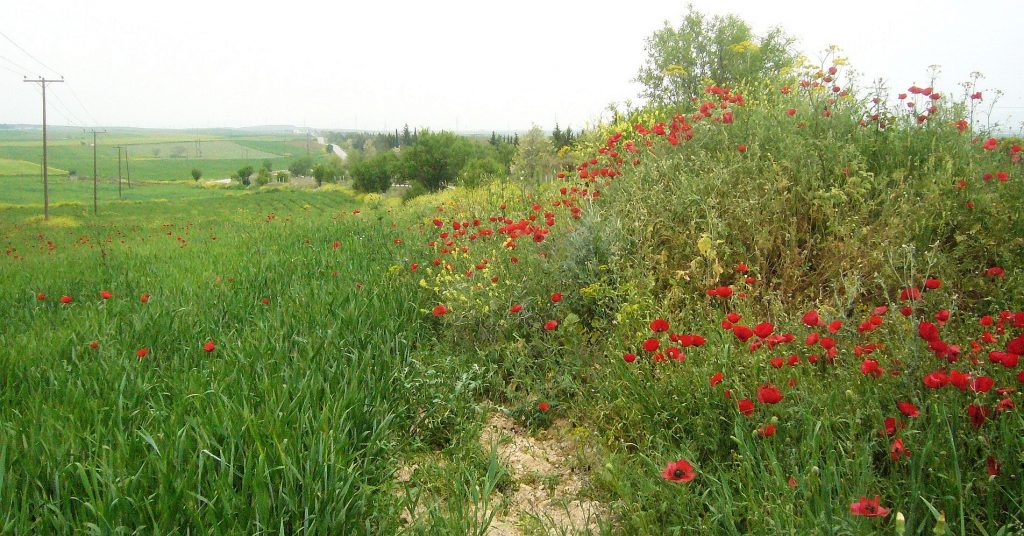
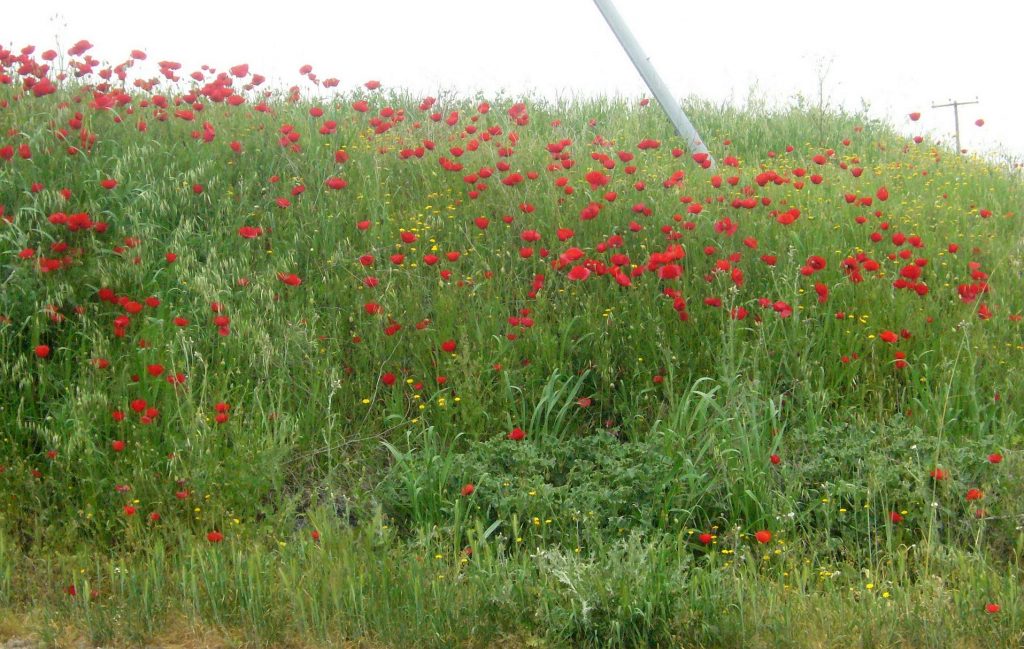

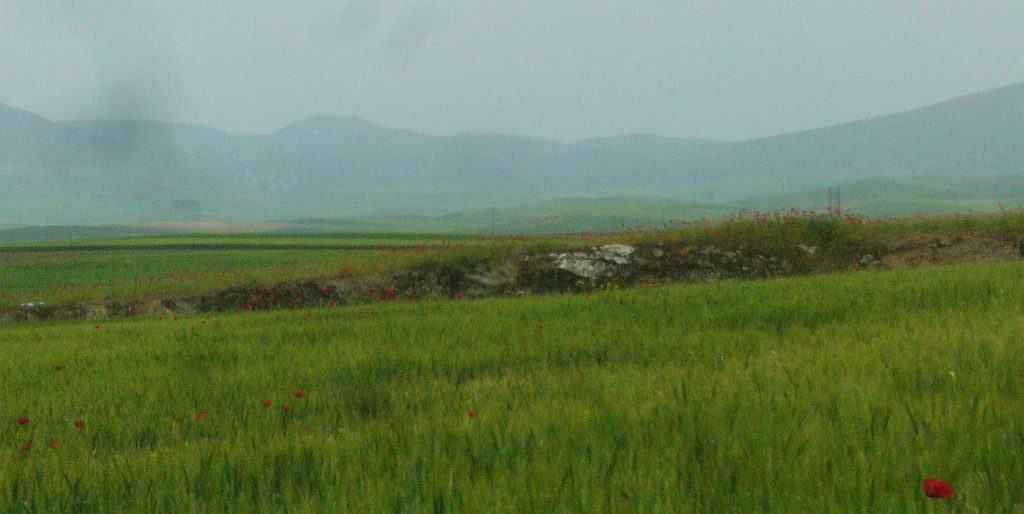
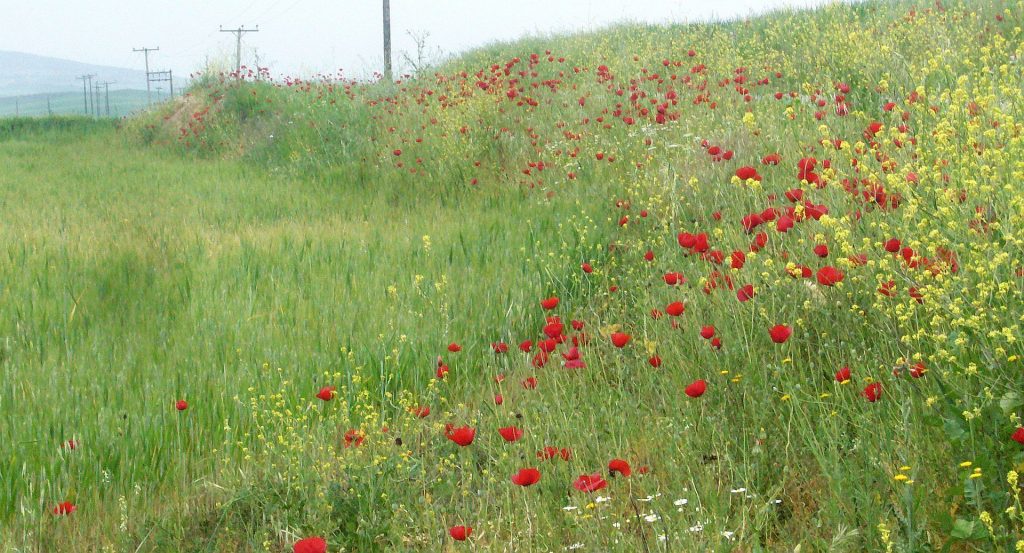

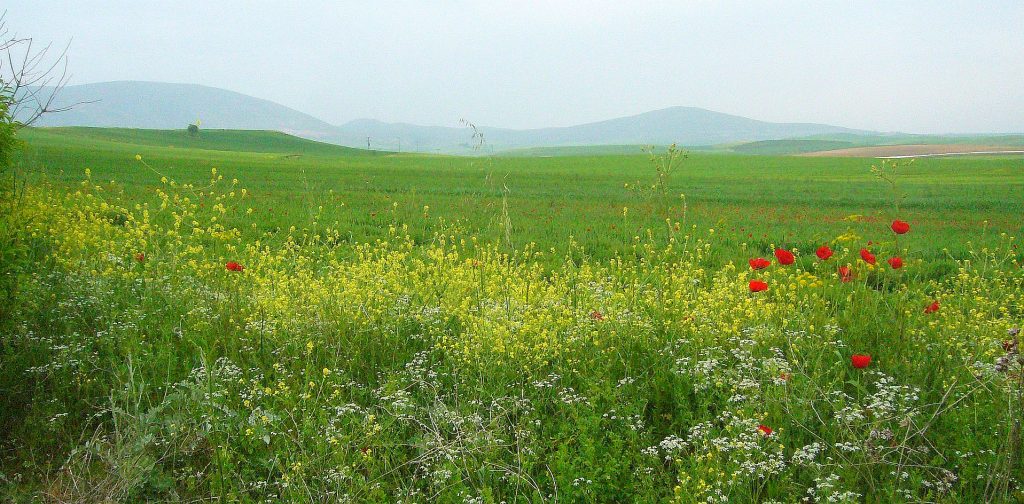
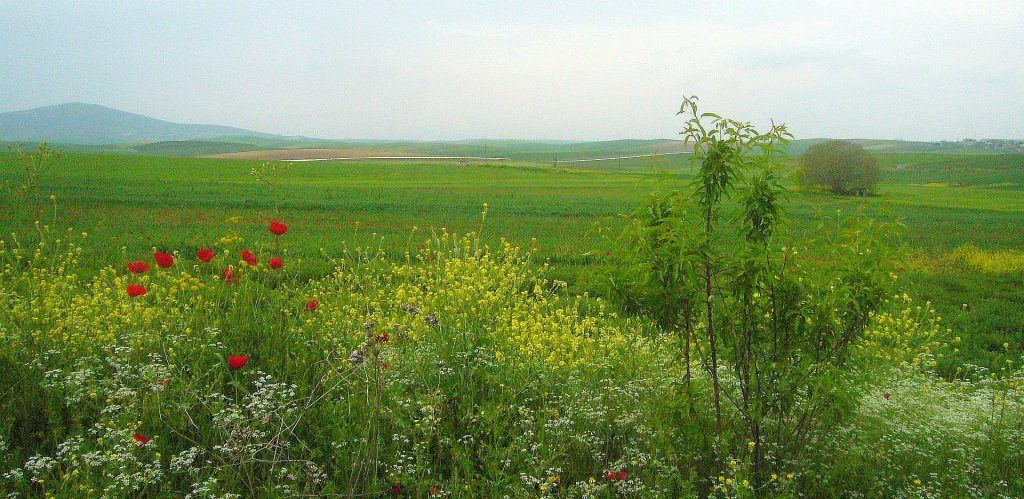

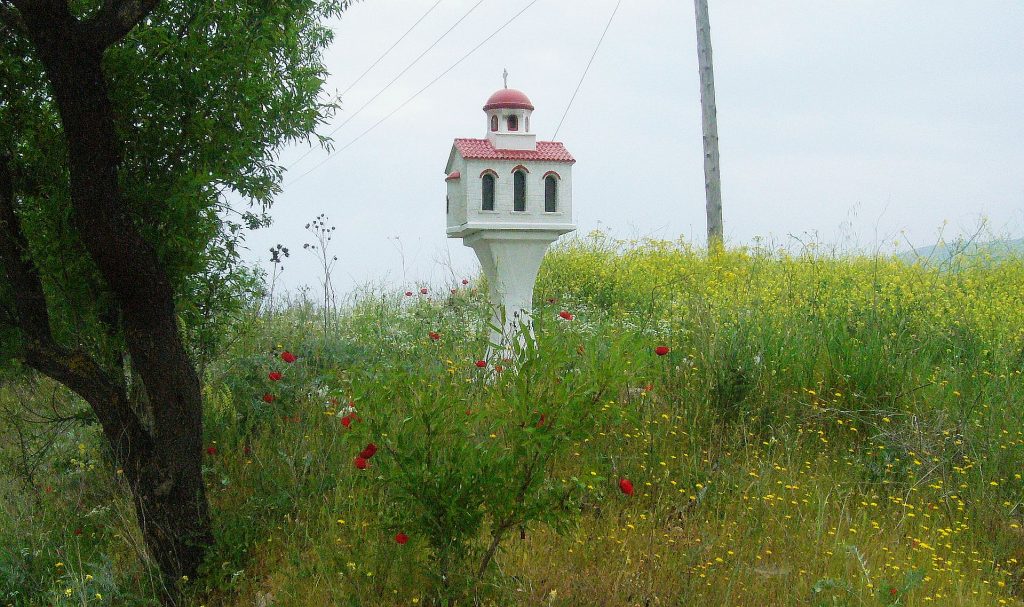
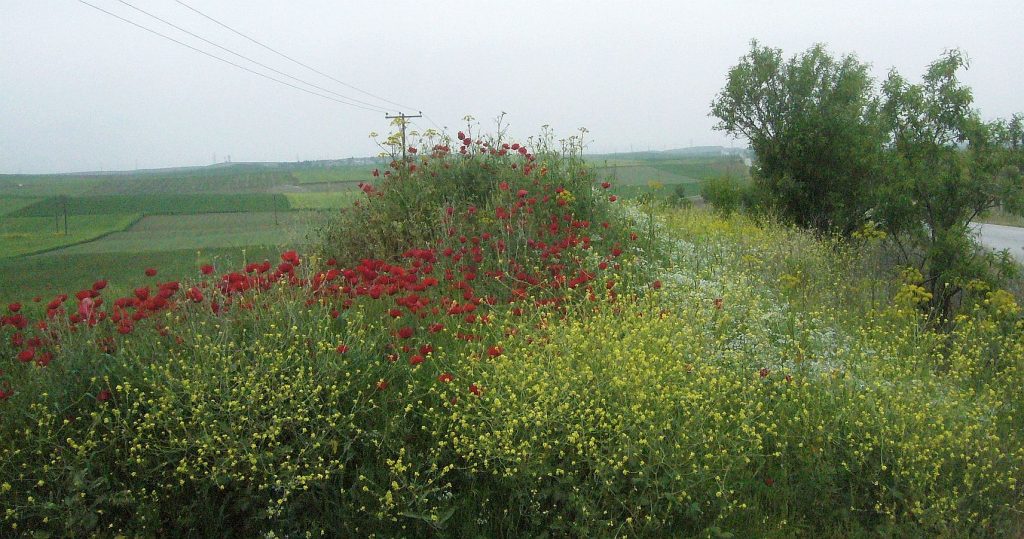


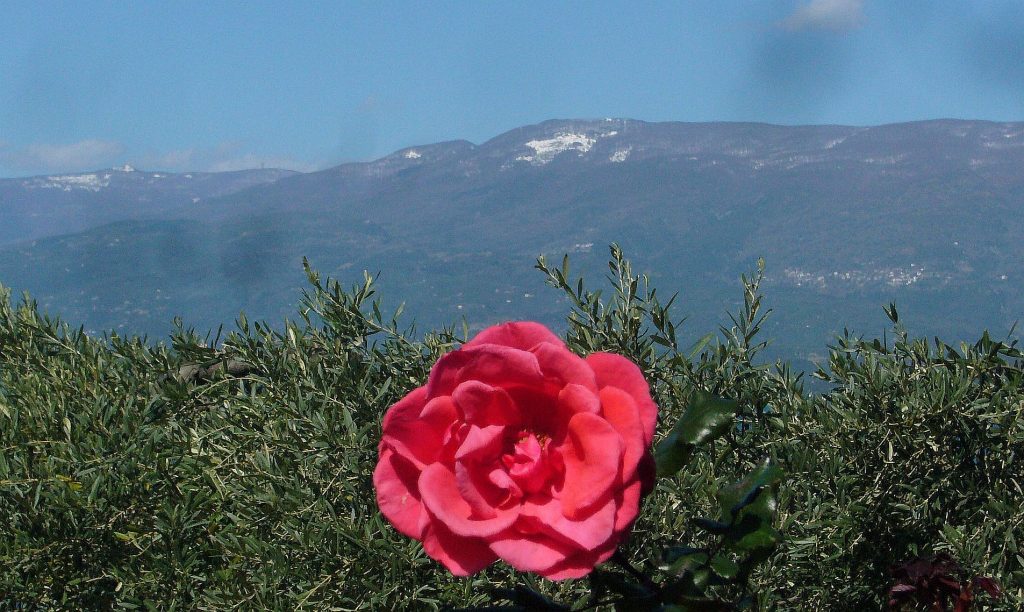
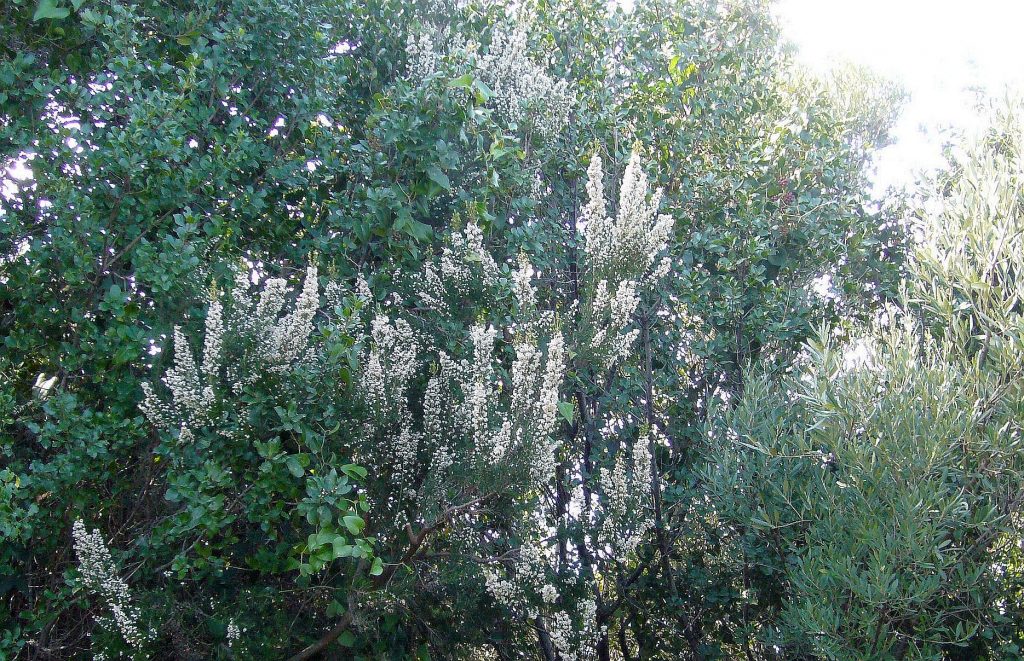
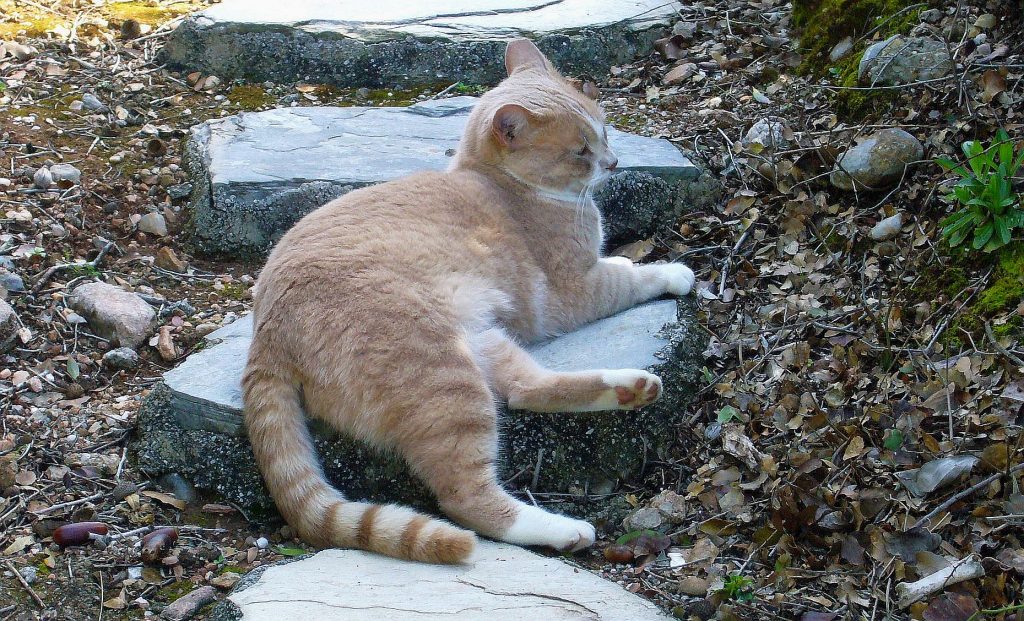

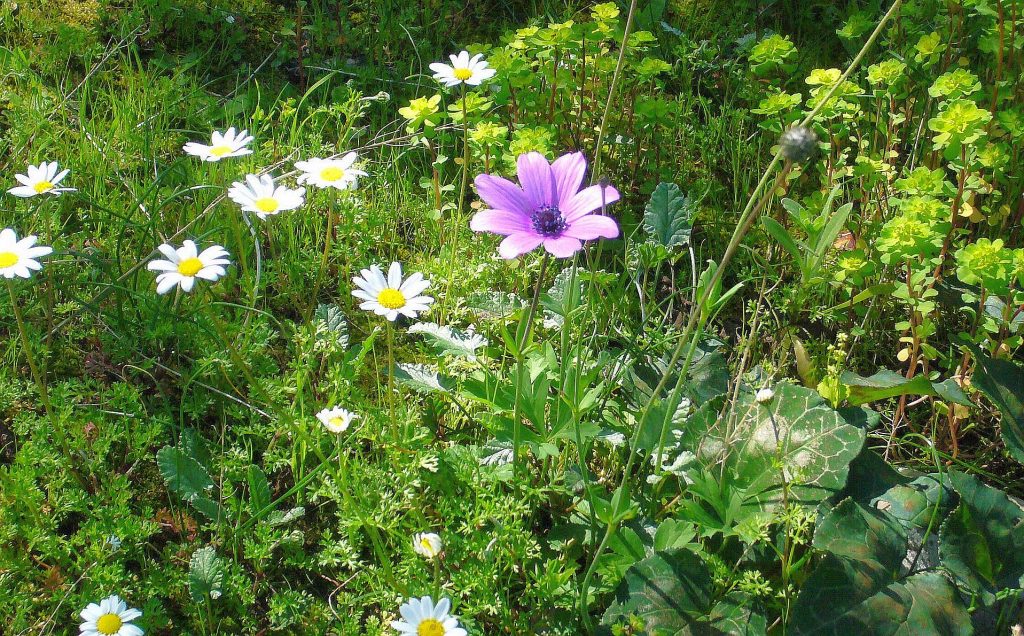
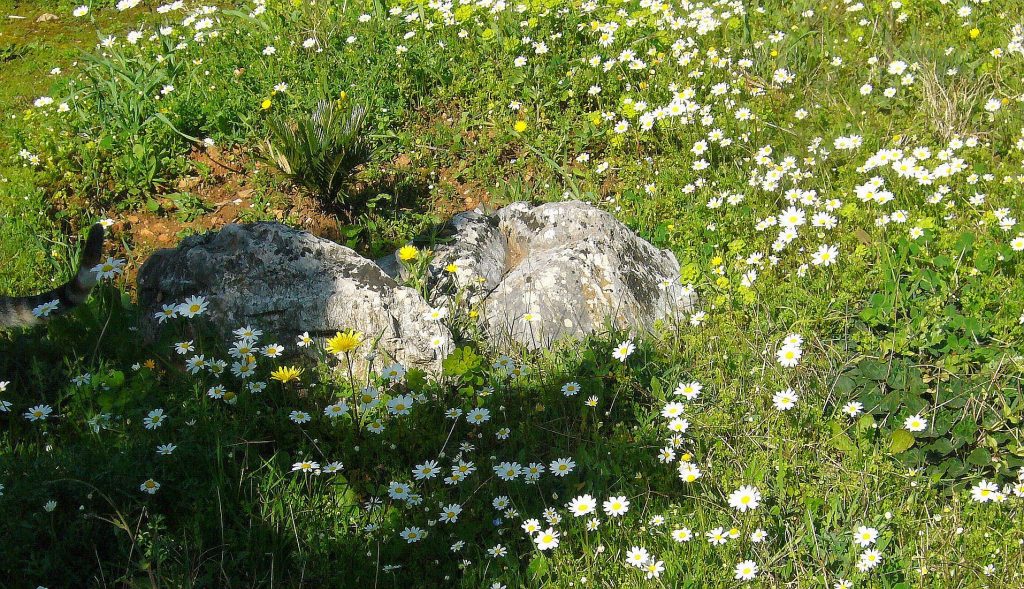
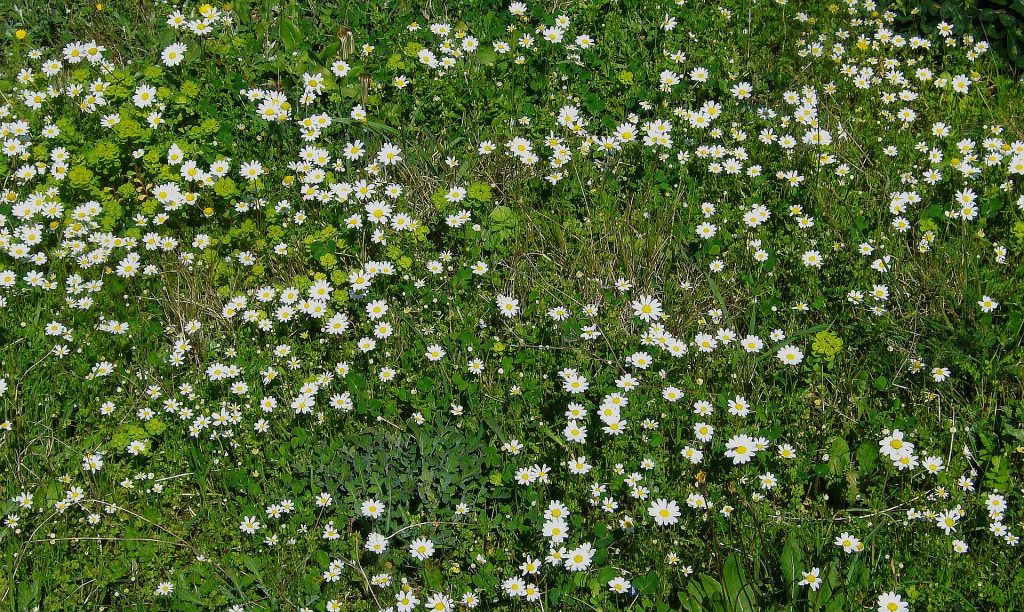
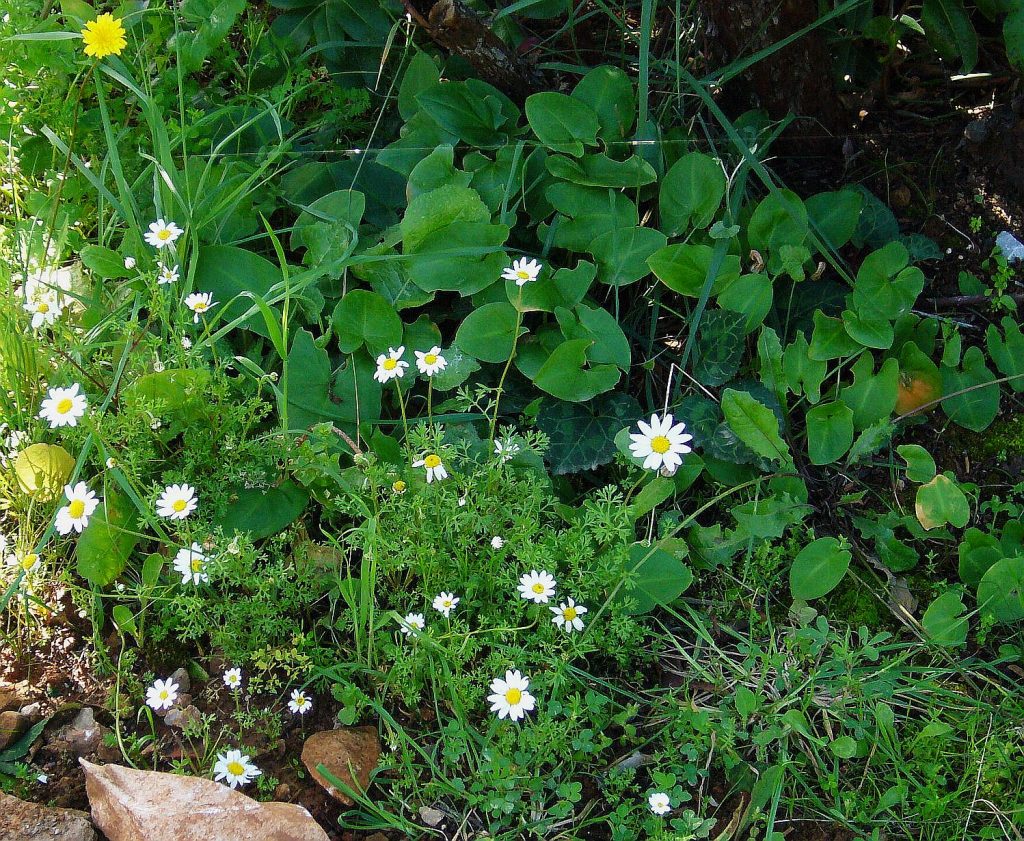

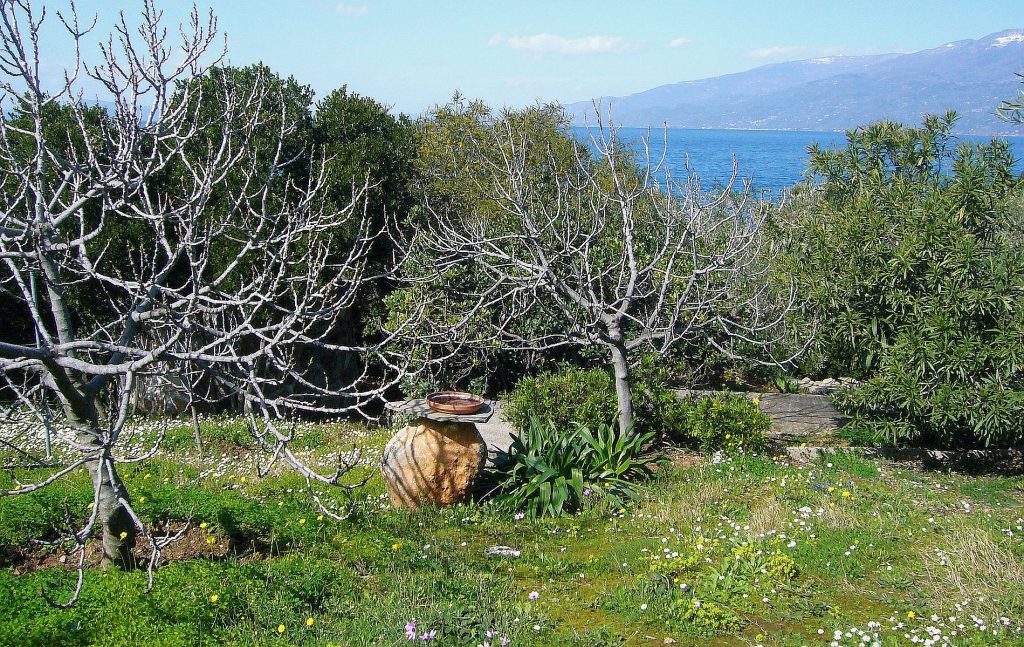
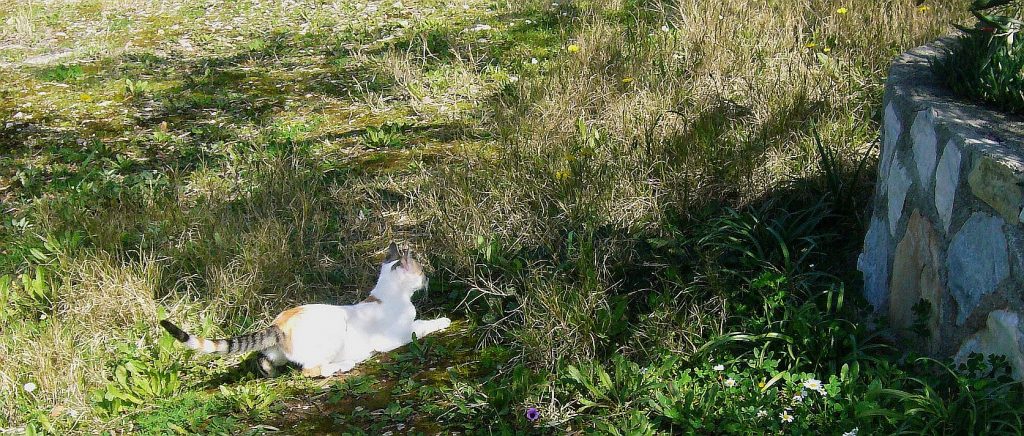

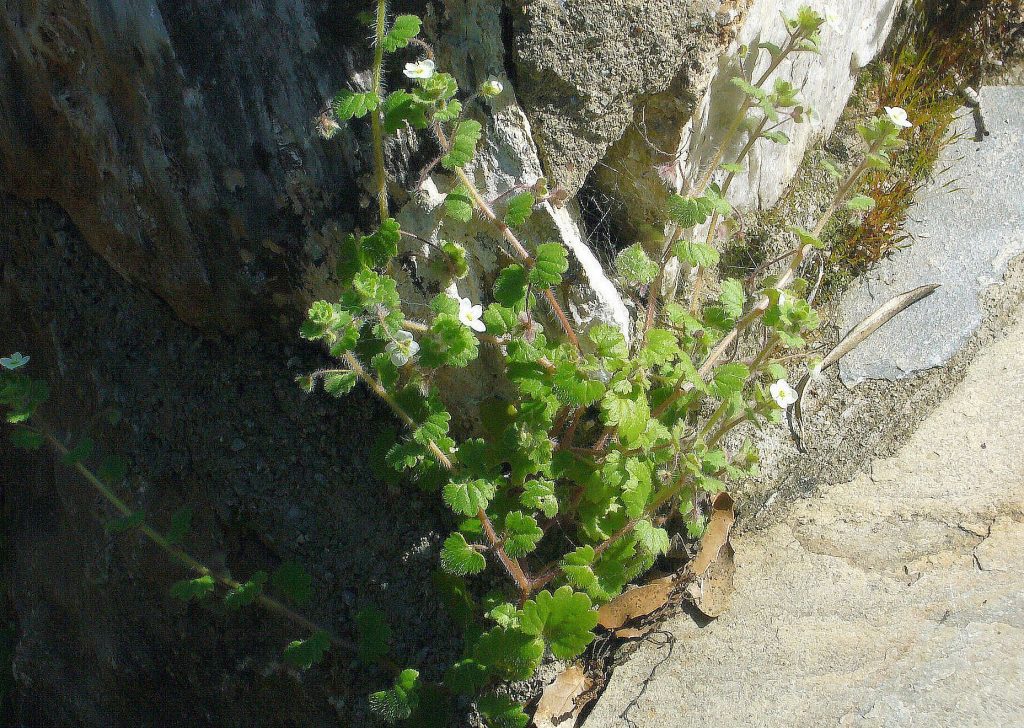
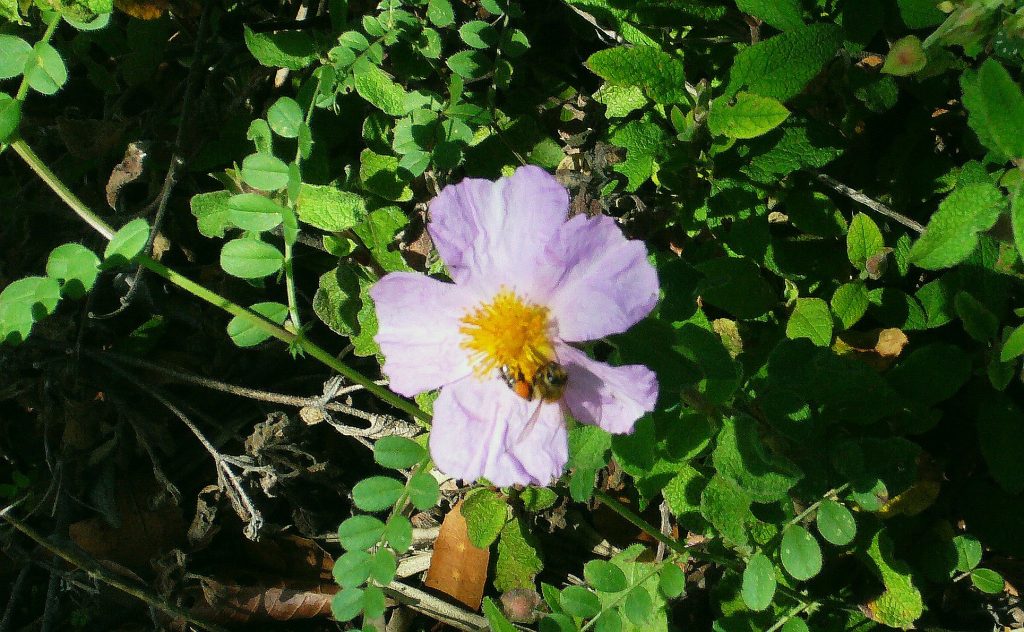
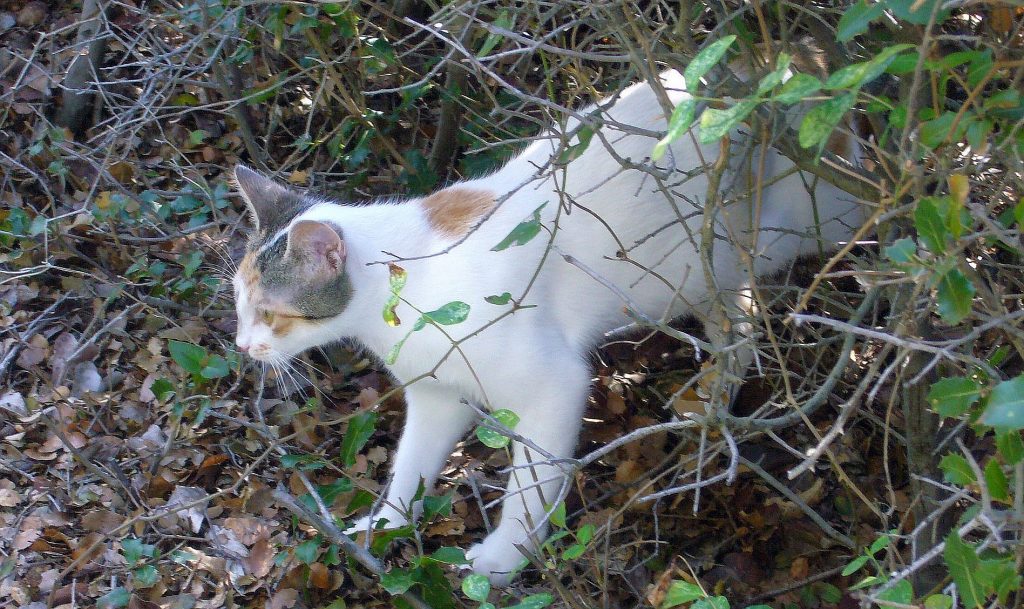
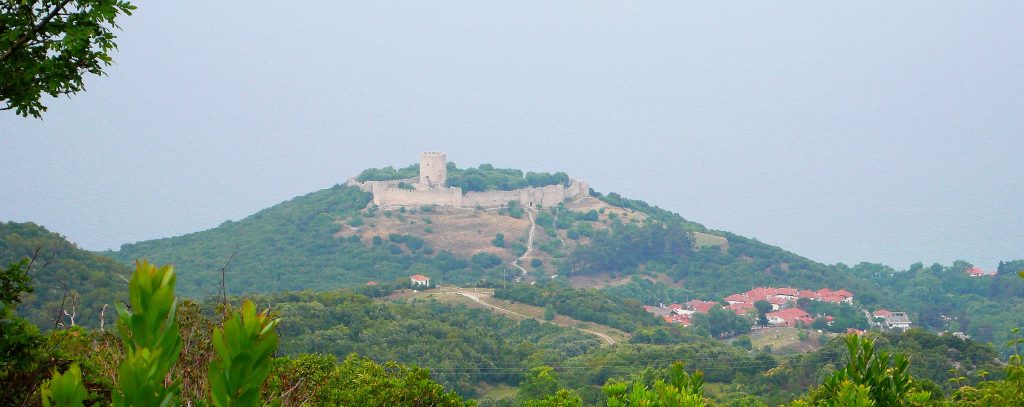
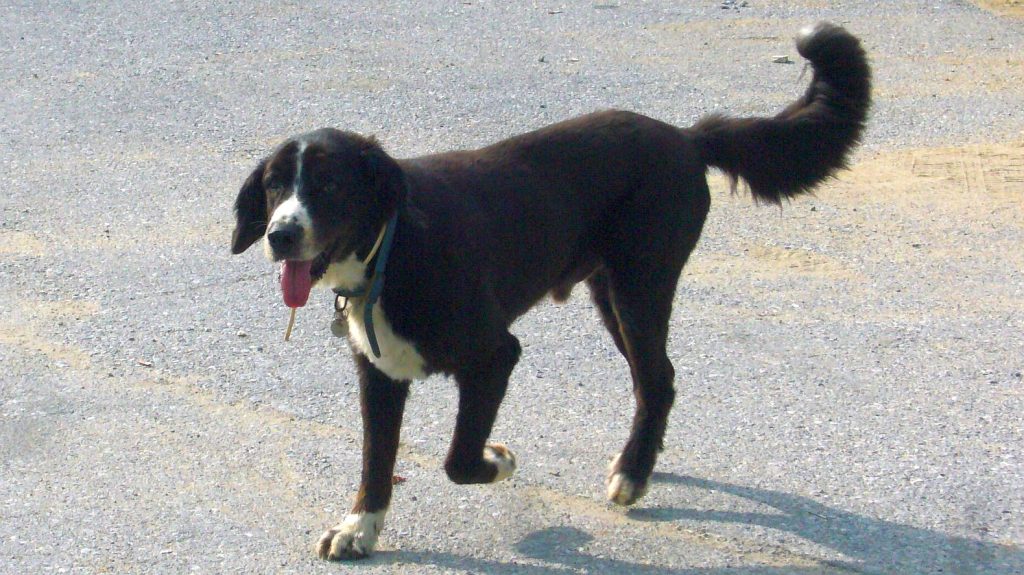
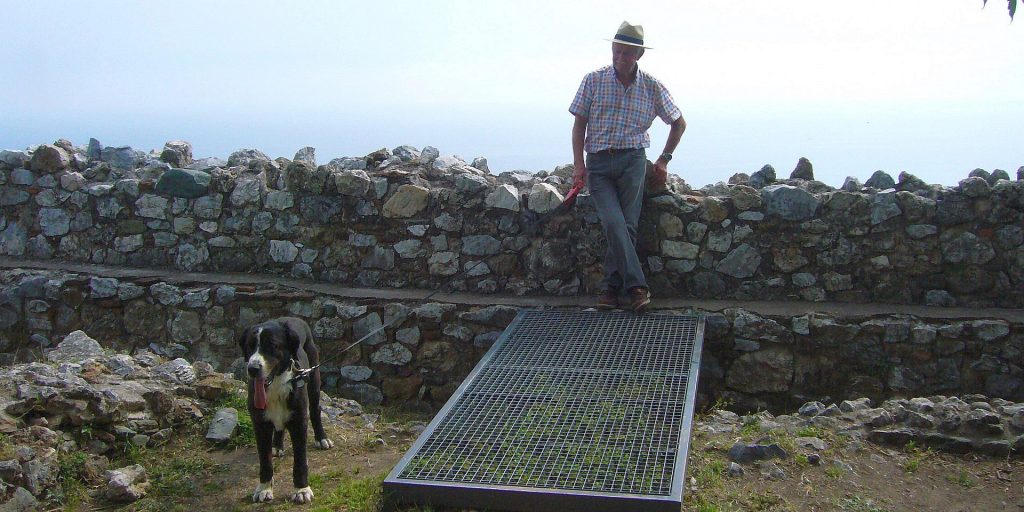
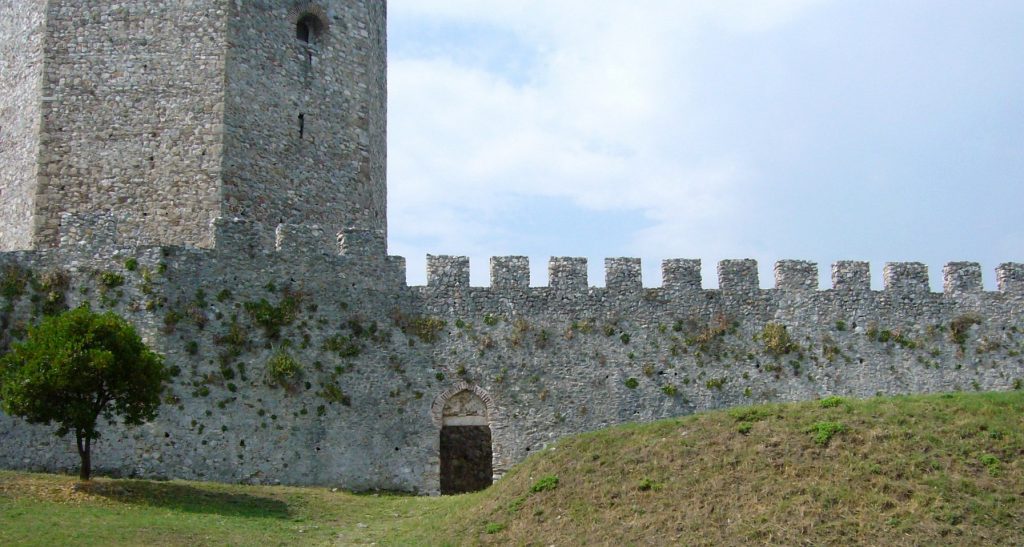

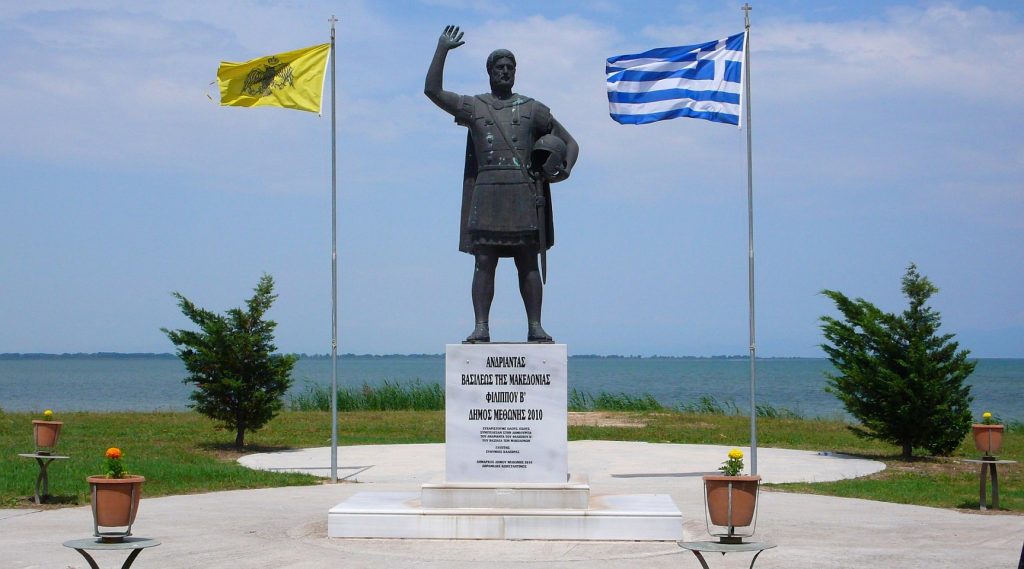
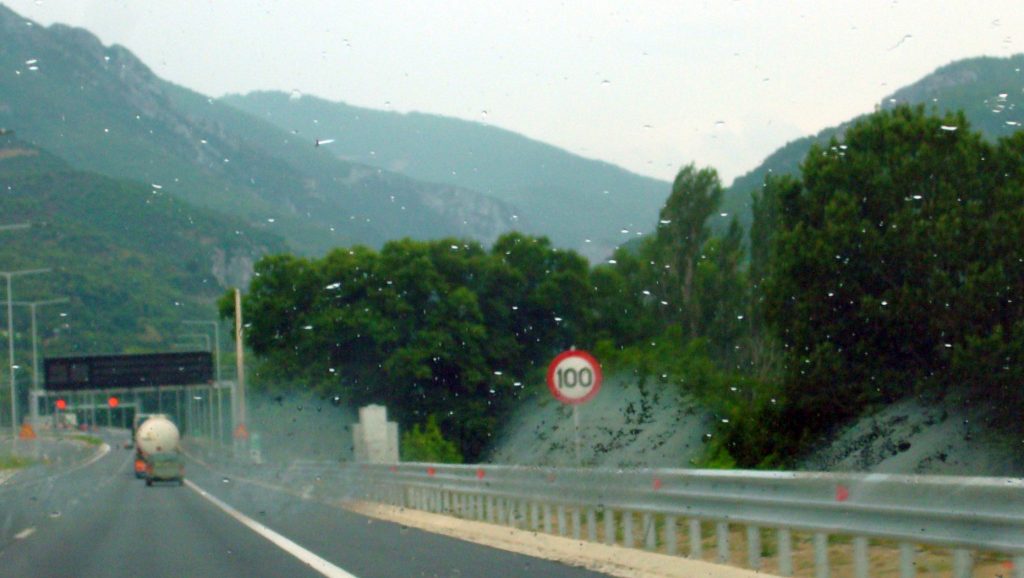
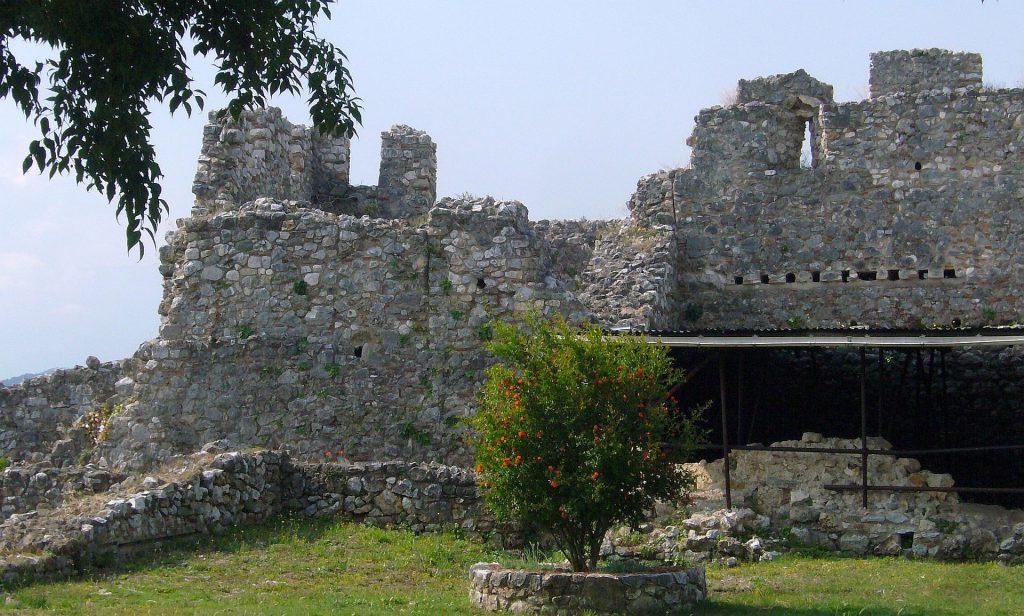
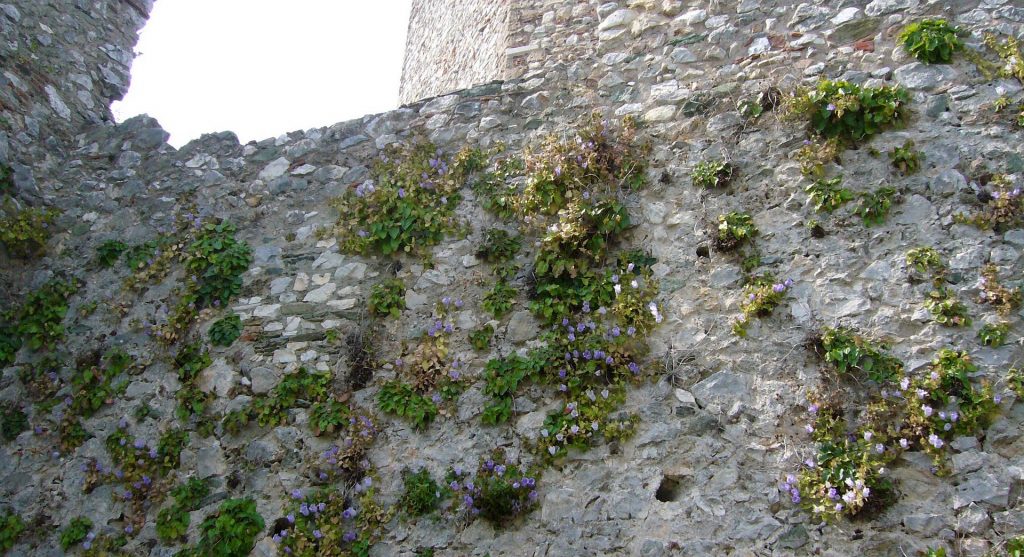
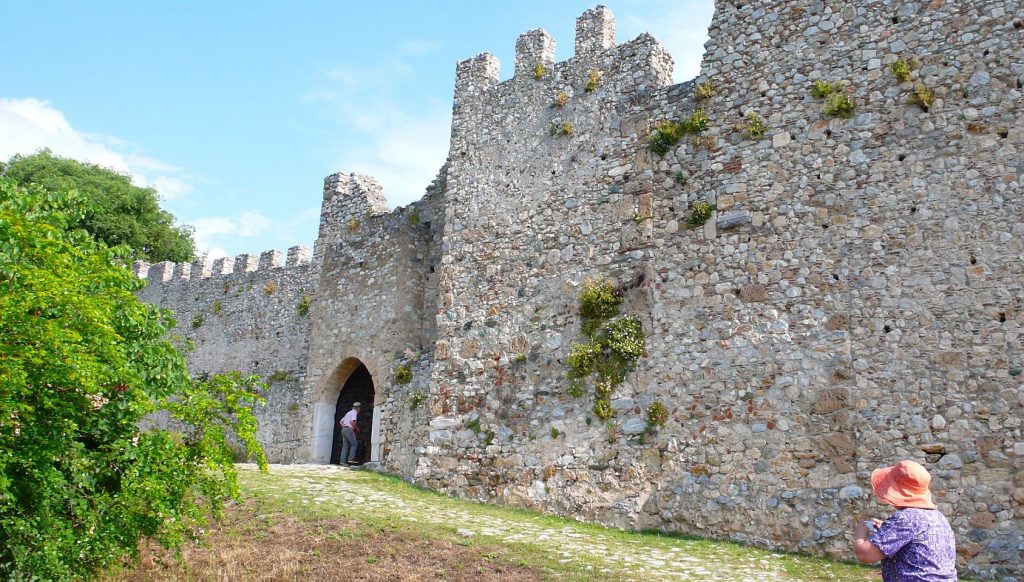
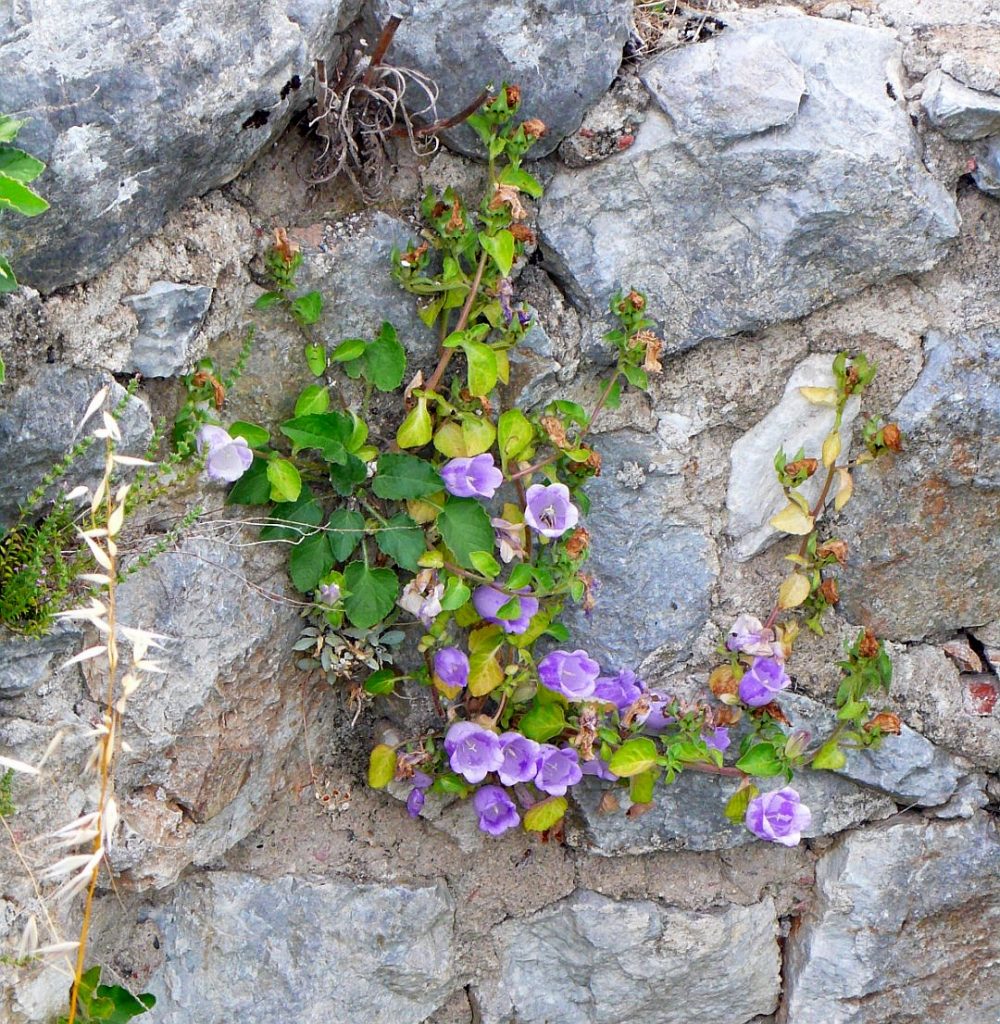
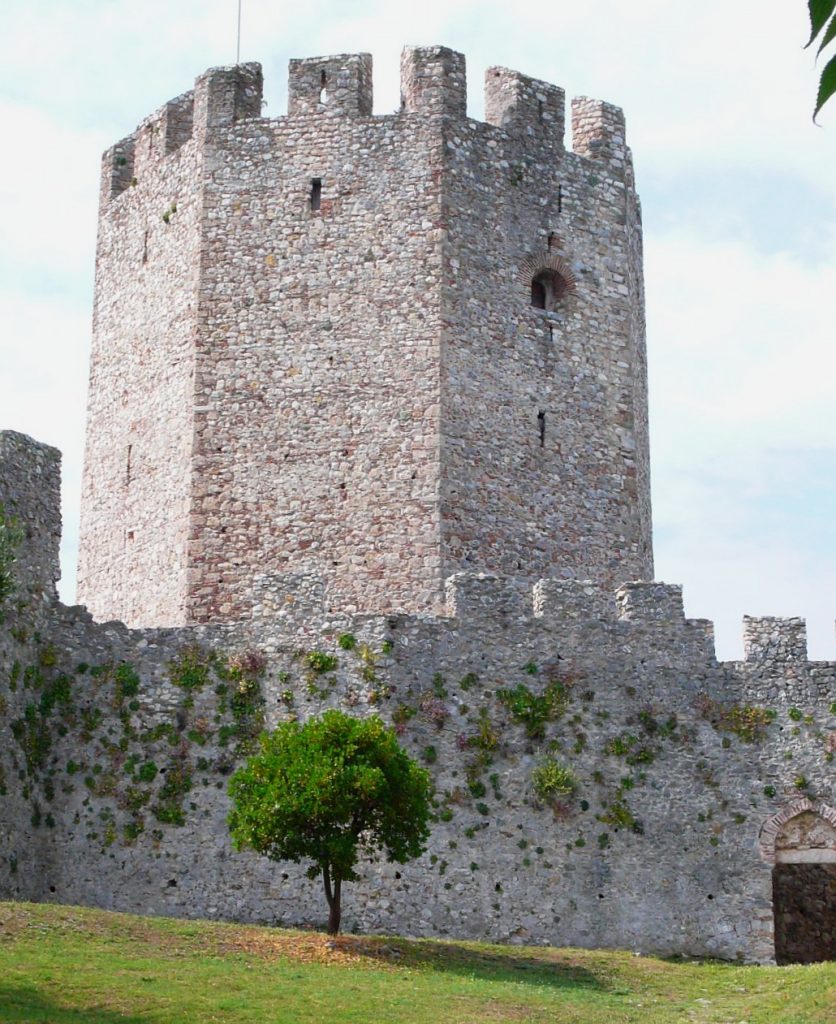
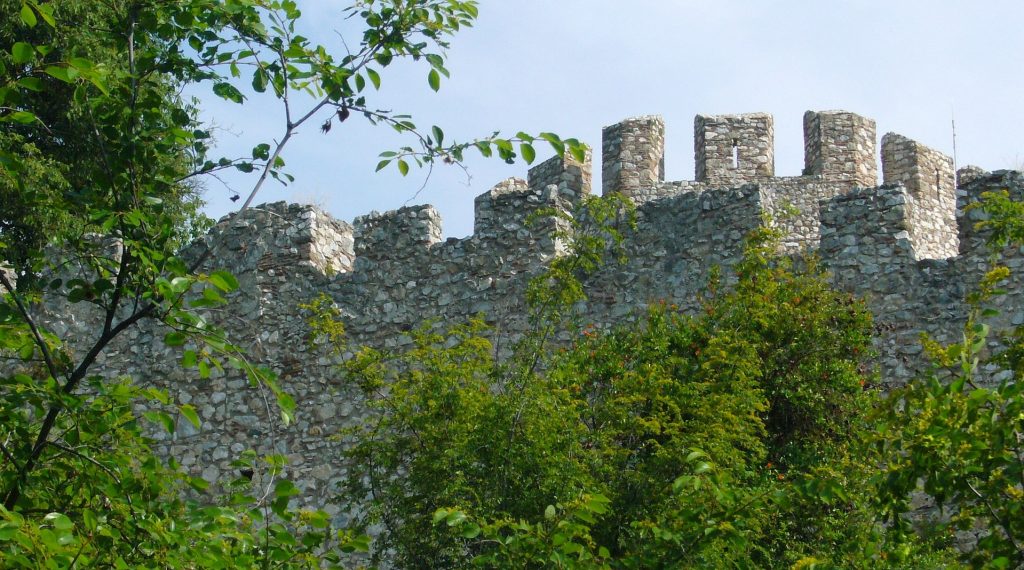
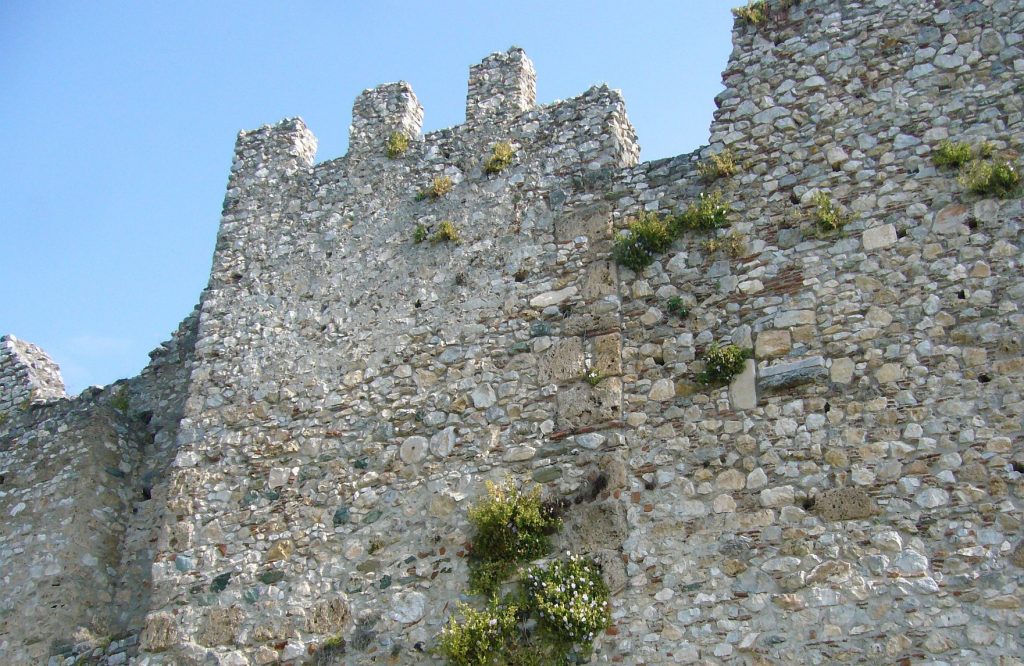
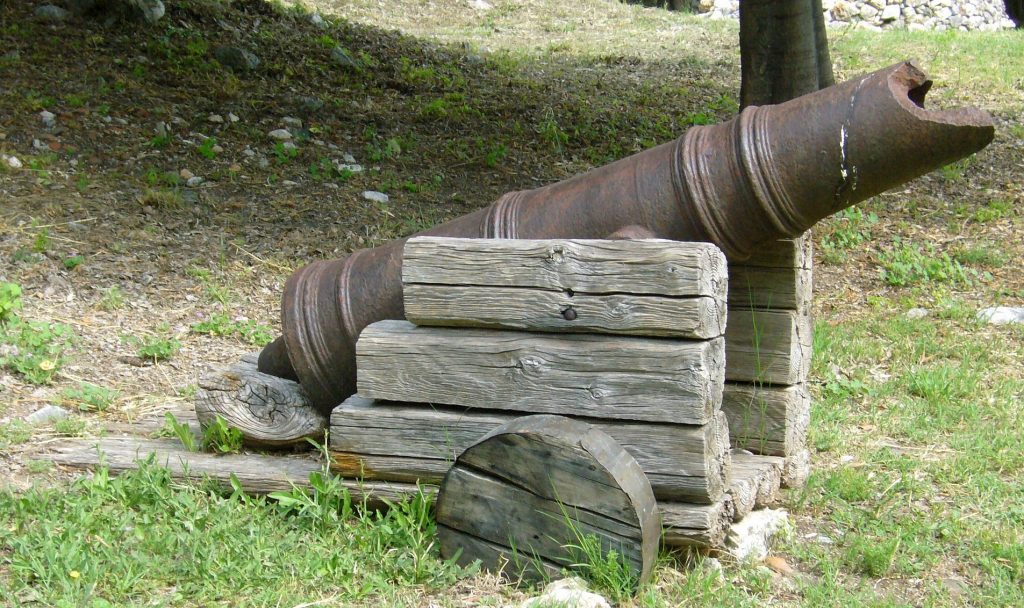
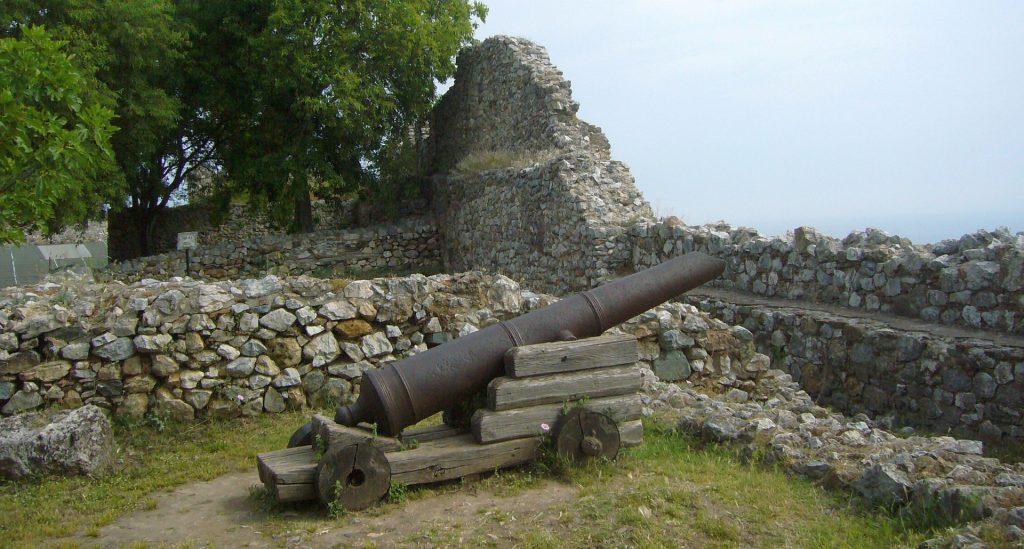
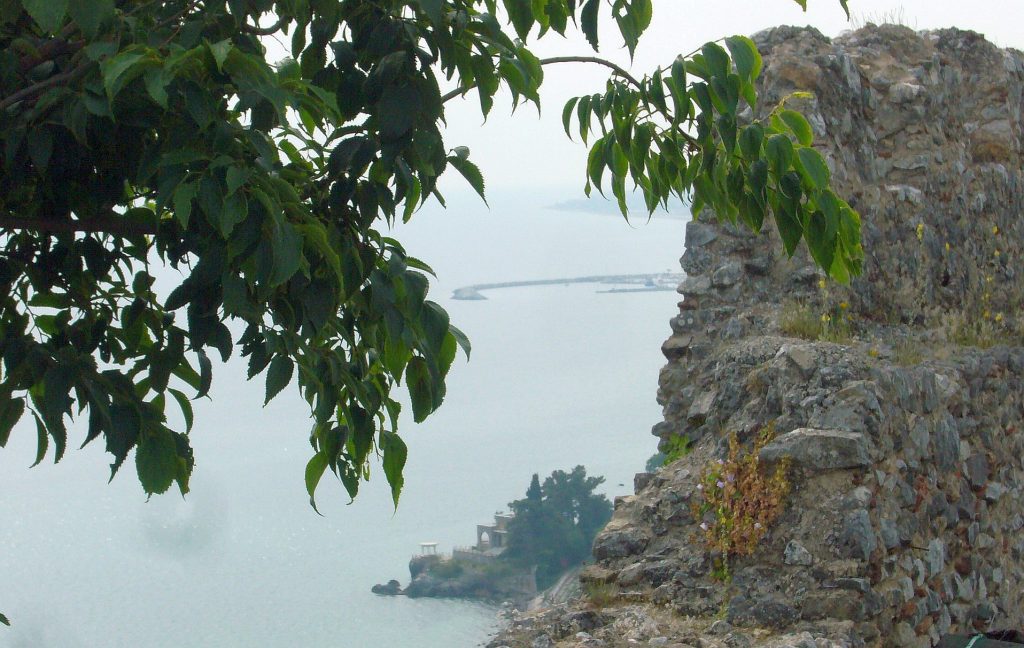
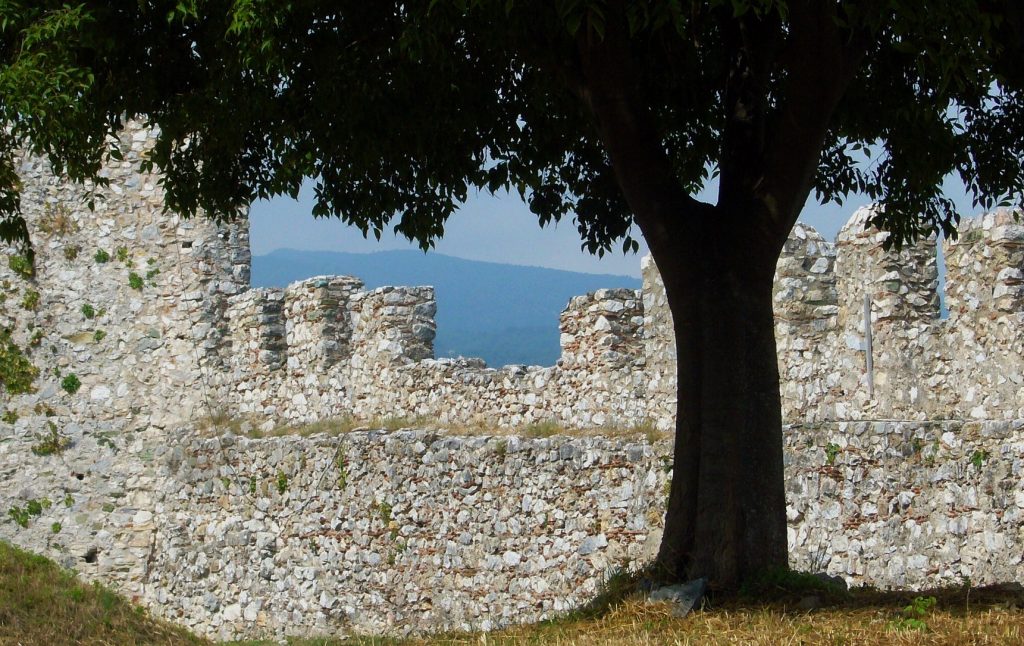
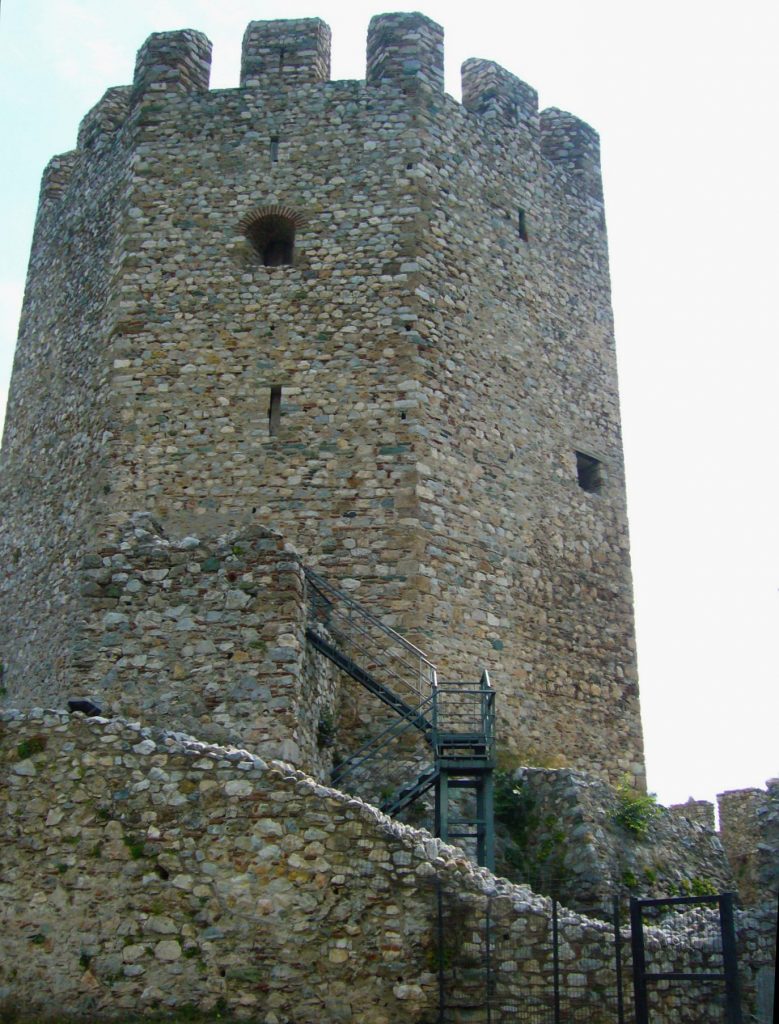
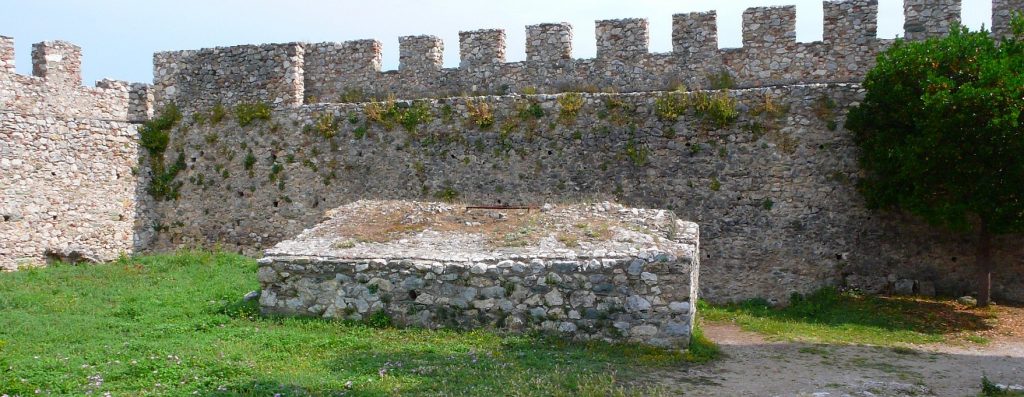
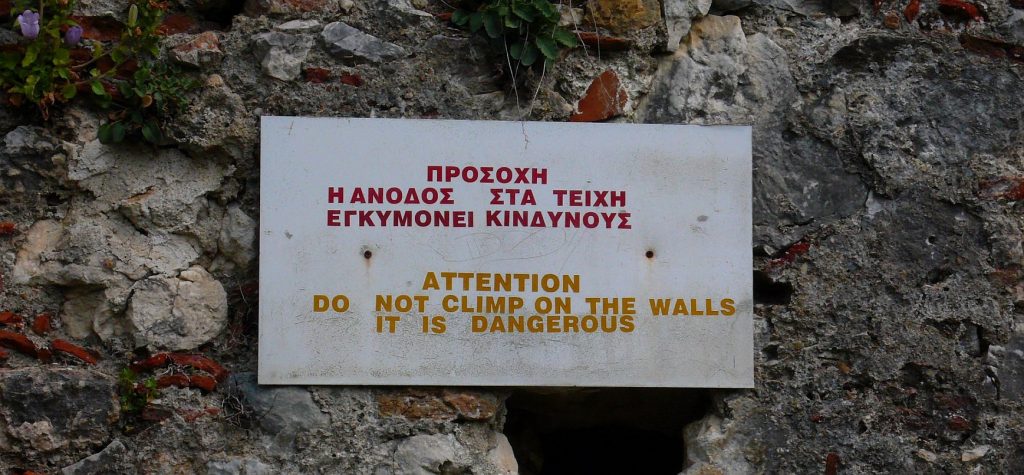
![P1020847 [1024x768]](http://chasingcentaurs.com/wp-content/uploads/2014/09/P1020847-1024x768.jpg)
![IMG_0903 [1024x768]](http://chasingcentaurs.com/wp-content/uploads/2014/09/IMG_0903-1024x768.jpg)
![P1020856 [1024x768]](http://chasingcentaurs.com/wp-content/uploads/2014/09/P1020856-1024x768.jpg)
![P1020853 [1024x768]](http://chasingcentaurs.com/wp-content/uploads/2014/09/P1020853-1024x768.jpg)
![P1020849 [HDTV (720)] [1024x768]](http://chasingcentaurs.com/wp-content/uploads/2014/09/P1020849-HDTV-720-1024x768.jpg)
![P1020870 [1024x768]](http://chasingcentaurs.com/wp-content/uploads/2014/09/P1020870-1024x768.jpg)
![P1020871 [1024x768]](http://chasingcentaurs.com/wp-content/uploads/2014/09/P1020871-1024x768.jpg)
![IMG_0009 [1024x768]](http://chasingcentaurs.com/wp-content/uploads/2014/09/IMG_0009-1024x768.jpg)
![P1020846 [HDTV (1080)] [1024x768]](http://chasingcentaurs.com/wp-content/uploads/2014/09/P1020846-HDTV-1080-1024x768.jpg)
![P1020849 [HDTV (1080)] [1024x768]](http://chasingcentaurs.com/wp-content/uploads/2014/09/P1020849-HDTV-1080-1024x768.jpg)
![IMG_1747 [1024x768]](http://chasingcentaurs.com/wp-content/uploads/2014/09/IMG_1747-1024x768.jpg)
![IMG_0915 [1024x768]](http://chasingcentaurs.com/wp-content/uploads/2014/09/IMG_0915-1024x768.jpg)
![IMG_0895 [1024x768]](http://chasingcentaurs.com/wp-content/uploads/2014/09/IMG_0895-1024x768.jpg)
![IMG_0036 [1024x768]](http://chasingcentaurs.com/wp-content/uploads/2014/09/IMG_0036-1024x768.jpg)
![IMG_7807 [1024x768]](http://chasingcentaurs.com/wp-content/uploads/2014/09/IMG_7807-1024x768.jpg)
![IMG_1968 [1024x768]](http://chasingcentaurs.com/wp-content/uploads/2014/09/IMG_1968-1024x768.jpg)
